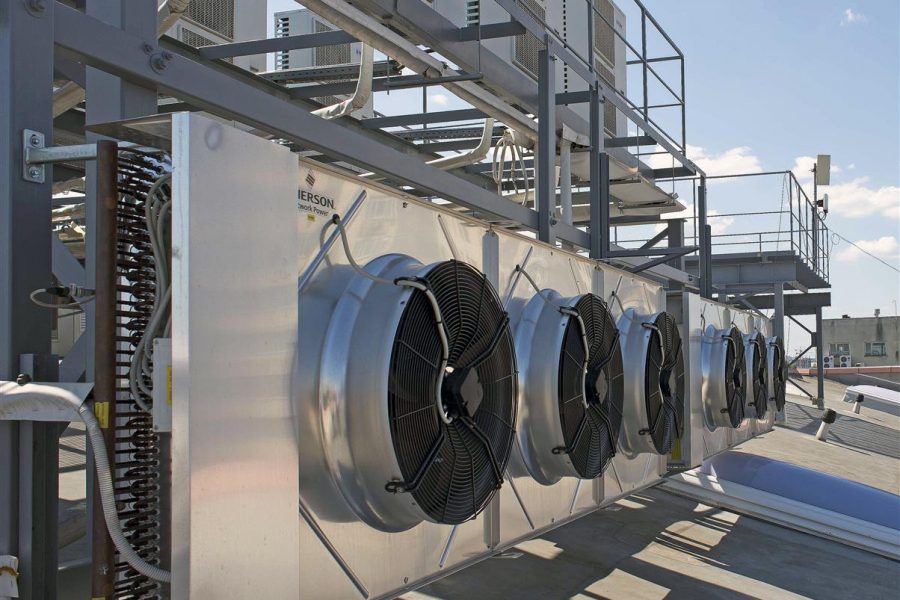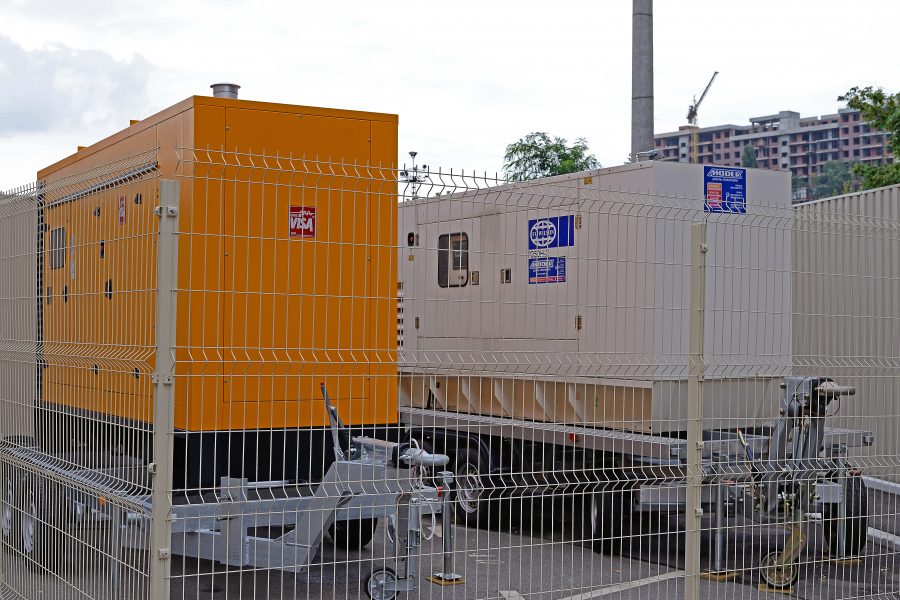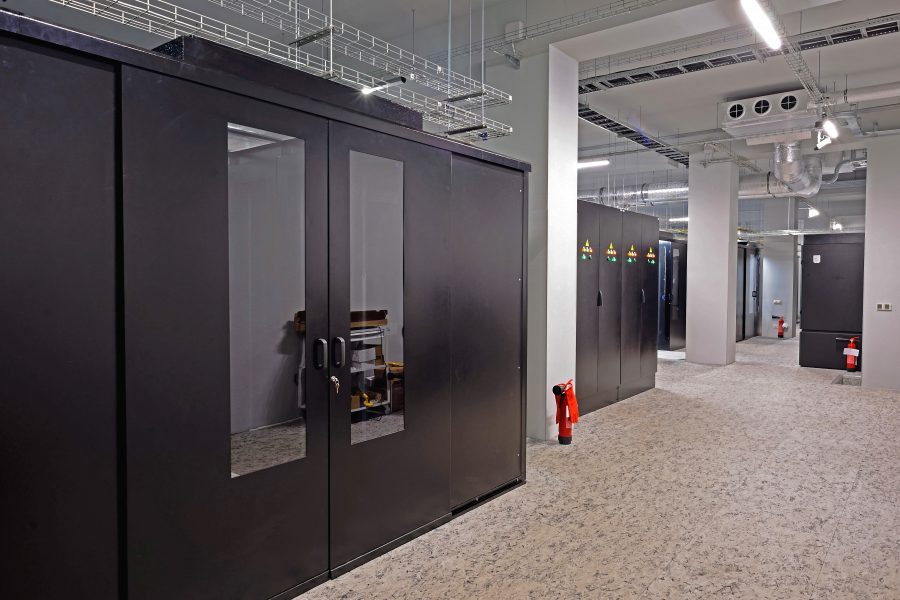The Wi-Fi Alliance has started certifying devices for the latest update to Wi-Fi security, WPA3. Building on the widespread adoption of WPA2 over the past decade, WPA3 adds new features to simplify Wi-Fi security, enable more robust authentication, and deliver increased cryptographic strength for highly sensitive data markets.
The new security level comes in two distinct modes of operation: WPA3-Personal and WPA3-Enterprise. For personal networks, WPA3 offers more resilient, password-based authentication, even when users choose passwords that fall short of typical complexity recommendations. WPA3 leverages Simultaneous Authentication of Equals (SAE), a secure key establishment protocol between devices, to provide stronger protections for users against password guessing attempts by third parties.
WPA3-Enterprise offers the equivalent of 192-bit cryptographic strength, providing additional protections for networks transmitting sensitive data, such as government or finance. The 192-bit security suite ensures a consistent combination of cryptographic tools are deployed across WPA3 networks.
For the moment, only WPA2 remains mandatory for all devices certified by the Wi-Fi Alliance. As market adoption of WPA3 grows, the new generation of Wi-Fi security will become required for all Wi-Fi Certified devices. WPA3 maintains interoperability with WPA2 devices through a transitional mode of operation.
The Wi-Fi Alliance is also introducing Wi-Fi Certified Easy Connect, a new program that reduces the complexity of onboarding Wi-Fi devices with limited or no display interface, such as IoT sensors. Wi-Fi Easy Connect enables users to securely add any device to a Wi-Fi network using another device with a more robust interface, such as a smartphone, by scanning a product quick response (QR) code.









